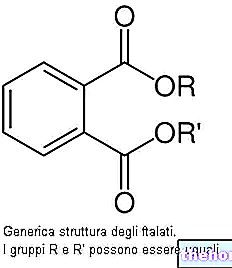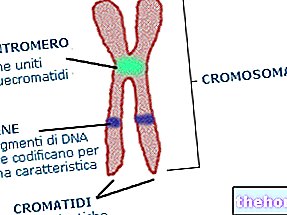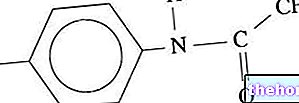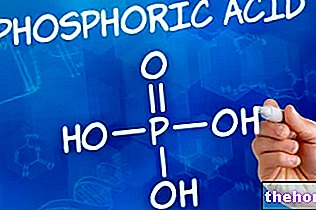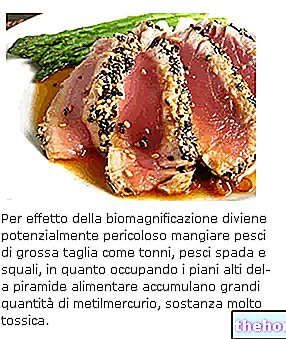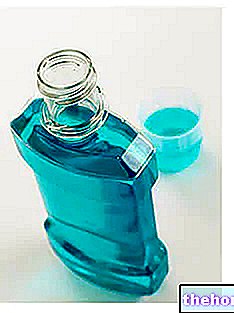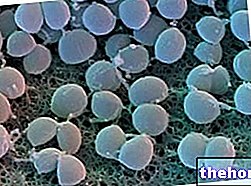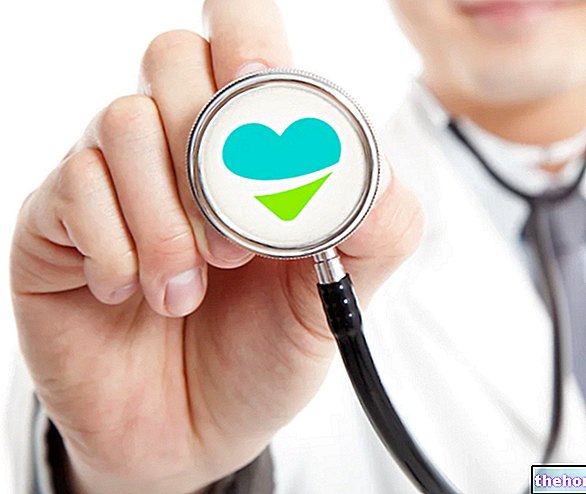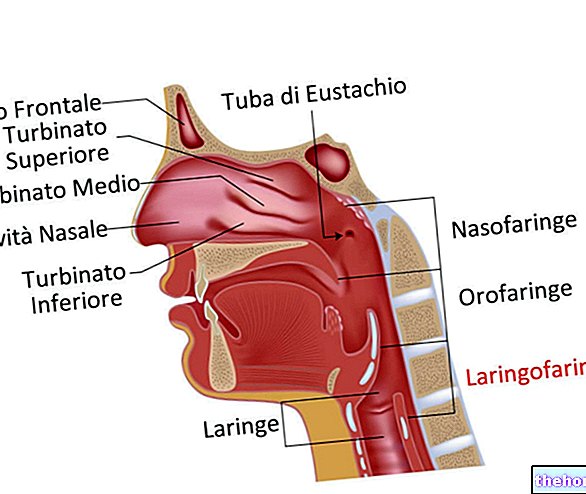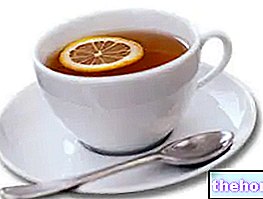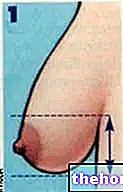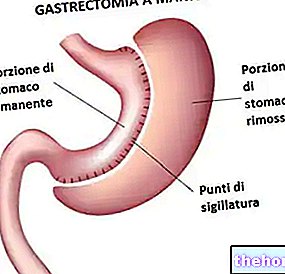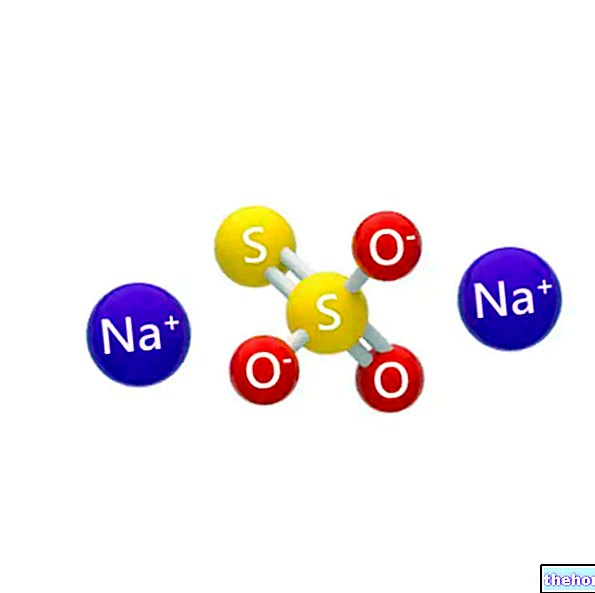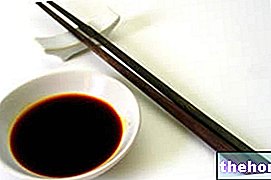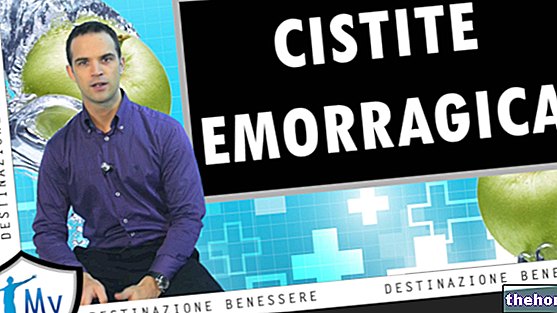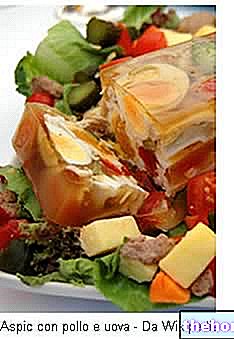Phytovigilance is mainly concerned with risk assessment and monitoring of the incidence of adverse effects (ADR), potentially associated with the therapeutic use of medicinal herbs. The side effects given by the use of phytotherapics are quite frequent, because often customers use them in an inadequate manner, without respecting the advice of the doctor or the manufacturer.
The use of products of natural origin, such as drugs and herbal medicines, dates back to ancient times and given their dangerousness, before being placed on the market, they are now subjected to various tests to determine their possible adverse effects in a precise manner.
Phytovigilance and pharmacovigilance have the same targets, but the subject on which to perform the studies changes: the first studies herbal remedies, the second drugs.
But why phytovigilance? This question is answered with 4 fundamental points which are:
- Natural remedies are often mistakenly considered safe;
- Often the doctor does not prescribe medical herbs because he does not know them;
- Most herbal products are self-medicated;
- The continuous education and information of those who sell and those who buy is essential.
N.B .: ALWAYS use safe products formulated by qualified companies
In the event that adverse reactions are found, it is necessary to fill in reporting forms. The various reporting forms for drugs and herbal medicines are almost the same. These forms can be filled out by the consumer, pharmacist, herbalists, family doctors, emergency rooms and finally poison centers. Once completed, the form will be sent to the Ministry of Health.
The required data are:
- Patient data;
- Description of the reaction;
- Severity;
- Moment of reaction;
- Re-manifestations;
- Resolutions of the problem;
- Type of classification (causal link);
- Characteristics of the product (company, lot, etc ...);
- Certain pathologies;
- Data of the reporter.
From a pilot study, conducted from April 2002 to March 2006, 168 reports were received: 66% concerned women, the average age was 40 years, 30% required hospitalization, 7% risked life, 3 were the deaths, 60% had a healing, 8% had a persistent reaction and finally a small percentage (4%) had a resolution of the problem but still have a hangover.
The most reported products are slimming products, those used for the respiratory tract, for psychological disorders, for gastrointestinal problems and painkillers.
The adverse reaction is favored by the use of "self-medication, by the lack of descriptions and contraindications on the label, by" incorrect use, by the interactions between different products, by the dubious origin of the products (Chinese or other origins) and finally by the pressing advertising carried out by the masses. media and from the internet.
Other articles on "Phytovigilance"
- Pharmacovigilance
- Toxicity and toxicology
- Phytotherapy: the risks of the natural

